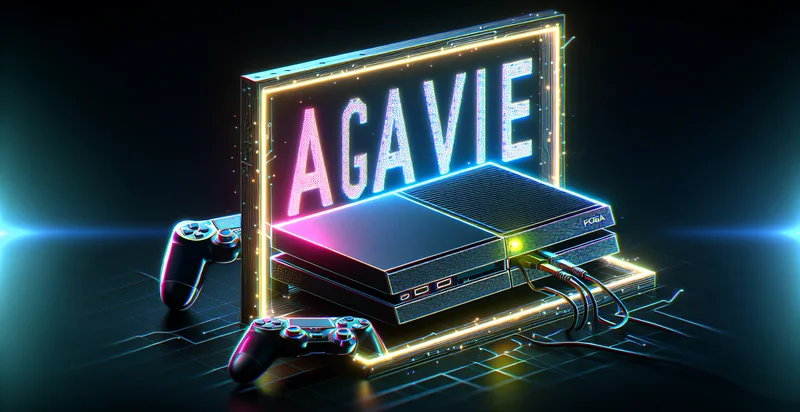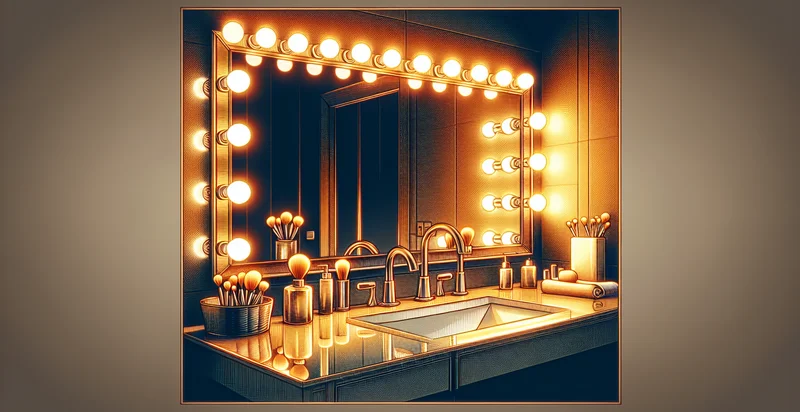Identify if the backlight is on
using AI
Below is a free classifier to identify if the backlight is on. Just upload your image, and our AI will predict if the backlight is on - in just seconds.

Contact us for API access
Or, use Nyckel to build highly-accurate custom classifiers in just minutes. No PhD required.
Get started
import nyckel
credentials = nyckel.Credentials("YOUR_CLIENT_ID", "YOUR_CLIENT_SECRET")
nyckel.invoke("if-the-backlight-is-on", "your_image_url", credentials)
fetch('https://www.nyckel.com/v1/functions/if-the-backlight-is-on/invoke', {
method: 'POST',
headers: {
'Authorization': 'Bearer ' + 'YOUR_BEARER_TOKEN',
'Content-Type': 'application/json',
},
body: JSON.stringify(
{"data": "your_image_url"}
)
})
.then(response => response.json())
.then(data => console.log(data));
curl -X POST \
-H "Content-Type: application/json" \
-H "Authorization: Bearer YOUR_BEARER_TOKEN" \
-d '{"data": "your_image_url"}' \
https://www.nyckel.com/v1/functions/if-the-backlight-is-on/invoke
How this classifier works
To start, upload your image. Our AI tool will then predict if the backlight is on.
This pretrained image model uses a Nyckel-created dataset and has 2 labels, including Backlight Off and Backlight On.
We'll also show a confidence score (the higher the number, the more confident the AI model is around if the backlight is on).
Whether you're just curious or building if the backlight is on detection into your application, we hope our classifier proves helpful.
Related Classifiers
Need to identify if the backlight is on at scale?
Get API or Zapier access to this classifier for free. It's perfect for:
- Smart Gaming Console Optimization: By integrating the backlight detection feature, gaming consoles can automatically adjust brightness and contrast levels based on whether the screen is illuminated. This ensures an enhanced user experience by reducing eye strain and optimizing visual quality during gameplay.
- Mobile Device Battery Management: Mobile operating systems can utilize the backlight indicator to determine when to activate power-saving modes. If the backlight is on for prolonged periods, the system could suggest closing unused applications or switching to a battery saver mode to extend device life.
- Smart Home Automation: In smart homes, devices can use the backlight detection to trigger specific routines or actions. For instance, if the backlight is on in a home office, smart lighting could automatically adjust to enhance working conditions or initiate a "focus mode" scenario.
- Retail Store Analytics: Retail displays can monitor whether their screens are on and actively used. This information can help retailers analyze customer engagement with promotional materials, leading to data-driven decisions on layout and content for optimal sales performance.
- Health Monitoring for Digital Eye Strain: Applications can track backlight activation and usage duration to help users manage exposure to screens. If the backlight is continuously active for certain periods, the system could remind users to take breaks to prevent digital eye strain.
- Educational Tools for Enhanced Learning: Interactive learning tools can use backlight detection to assess student engagement. If the backlight is on, the system could prompt interactive activities, while inactivity could trigger reminders or lesson adjustments to maintain focus.
- Vehicle Display Management: Automotive systems can leverage backlight identifiers to improve driver safety. If the backlight of the dashboard display is on, the system could enhance visibility during nighttime driving, ensuring critical driving information remains clear and accessible.


